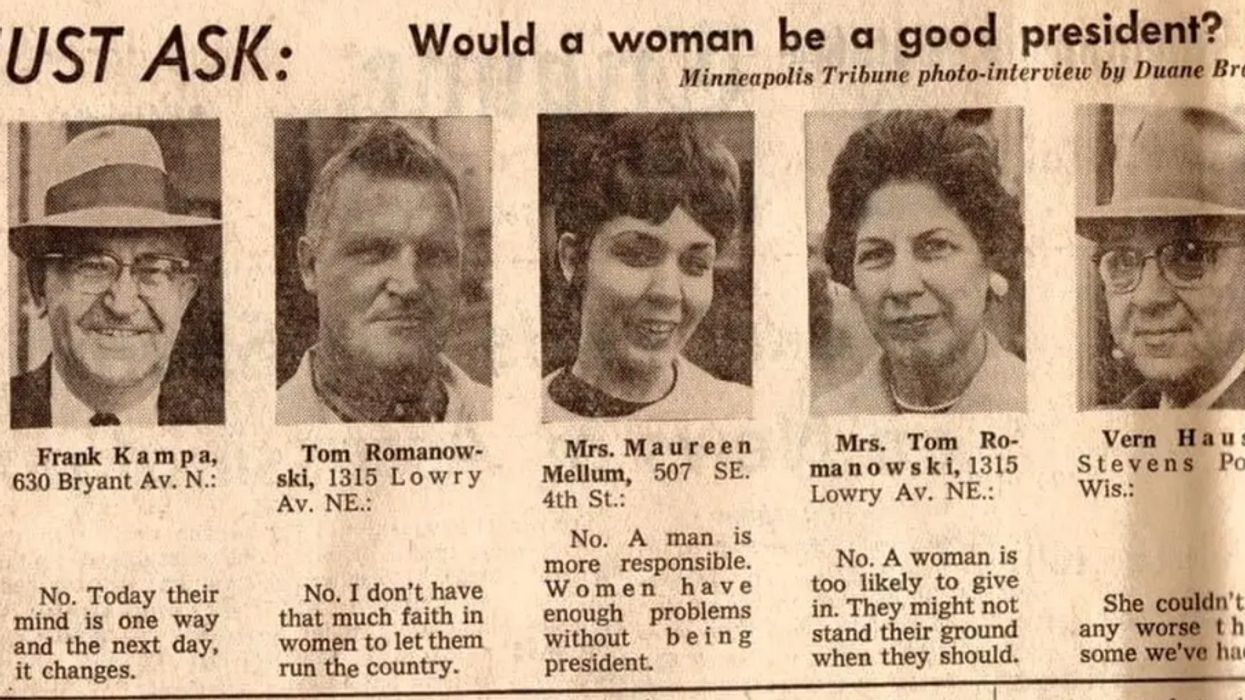This story is the second in a six part editorial series exploring the balance between student learning and job skills. We’re asking leaders and thinkers in education and technology fields: Can America educate its way out of the skills gap? This series is brought to you by GOOD, with support from Apollo Group. Learn more about our efforts to bridge the skills gap at Coding for GOOD.
* * * * * * * * * * * * *
How do we get students prepared for the jobs of the future? At Los Angeles' Foshay Tech Academy—a 150-student school-within-a-school at Foshay Learning Center and where more than 87 percent of students qualify for free lunch—I'm teaching high school students the skills and mindsets they need to be ready for the workforce and college.
As lead technology teacher, that means I ensure my students learn theories about computer science by making the content relevant to student knowledge. I regularly change and adapt my lessons to reflect the current landscape in technology. Far from dry lectures, my instruction is based on problem solving and making inquiries, which generates the curiosity needed to engage students in computing.
My students know how to do everything from programming a vocabulary game for their foreign language class and animating a chemical reaction for their chemistry class to coding and designing a website about a discovery in genetics. But in the field of technology—and in life—they must learn to discover how to do things on their own. My lessons must motivate them to make a plan, carry it out and then review, reflect, and redesign to improve until it is successful.
I believe my students are capable of achieving anything, but success requires more than just learning marketable skills. They need work ethic, perseverance and gumption, too. Two years ago I started having my students from tenth grade onward create digital portfolios that contain their resume, student work, and letters of recommendation. I require them to update this portfolio every semester.
We started the portfolios using Google Sites, but then I got smart. Last year I asked the sophomores to find free web sites to build their portfolios. Then they worked in pairs to make a sample portfolio for a teacher. Finally, they presented the different sites and then chose the one they liked best. The portfolios are now more professional and the students also have more pride and ownership over them since the work came from them versus a direct order from me.
My students also need to learn to navigate the working world in order to seek and create opportunities for themselves. To facilitate that, I've connected them with a wide range of science, tech, engineering, arts and math (STEAM) professionals who give them real world feedback about the quality of their work. The portfolios are critiqued by mentors, used in mock interviews, and are the starting point for the students to create job shadow and informational interviews.
The juniors send their resumes and cover letters to human resource people and writers in order to get feedback about how they can improve. My seniors present their final ad campaign projects to actual advertising executives in their company’s conference room and defend their digital portfolios in a group of peers and ad agency mentors. Their final grade is based on the scores from the audience. The students as a whole then vote for their peers to determine who has the best projects and the winners are celebrated on our website and at our end of year "Techies Got Talent" event.
A handful of students got in touch with me the summer after I first taught them how to create the portfolios to tell me that when it came to finding summer jobs and internships, they're far ahead of the pack due to the portfolios. As a result, I spread the word to the other academies on campus and now my students are teaching everyone else how to create them.
I recently asked them what they have learned from me and aside from answers like web design, Photoshop, and Flash animation, a surprising amount of students said something to the effect of, "You have taught me that I can do anything, I just need to put the work in and promote myself to others." Ultimately that mindset—combined with their skills—is what will enable them to thrive in the 21st century economy.
Bulb on a computer chip photo via Shutterstock















 Otis knew before they did.
Otis knew before they did.
Professor shares how many years a friendship must last before it'll become lifelong